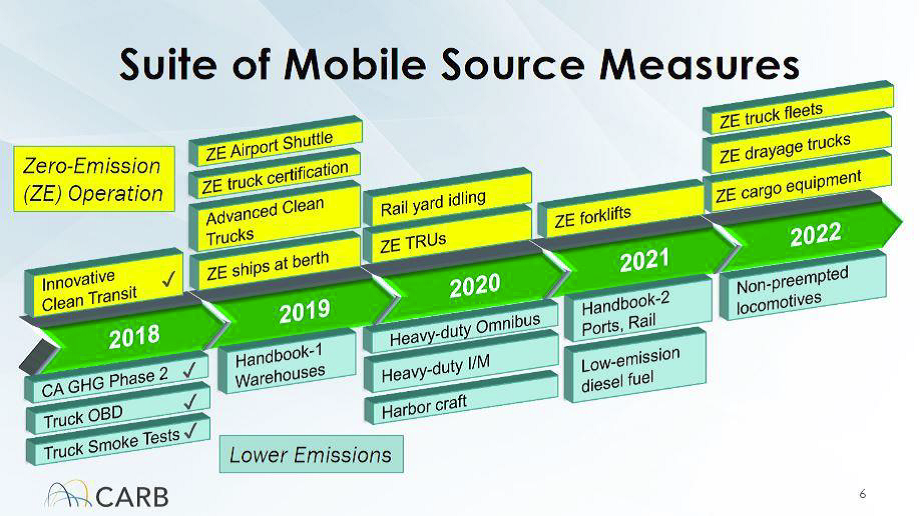Eleven cities in Germany are among the most recent to join Paris, Mexico City, Madrid and Athens to ban diesel engine vehicles. In the US, cities and states are setting ambitious goals to fight global warming. EU countries have agreed to cut truck and bus CO2 emissions 30% by 2030. Japan, Korea and China have all adopted aggressive regulatory policies for combustion engines.
In every sector, OEMs are electrifying vehicle powertrains. To achieve commercial success and to comply with expanding regulatory requirements, OEMs must offer customers zero-emission options that perform as well as – or better than – today’s vehicles do, and be as practical to own and operate.
On August 16, 2019 Colorado became the tenth US “ZEV State,” requiring that a certain percentage of car sales be zero-emission. Starting in 2029, new transit buses purchased in California must be zero-emission, and the state is considering requiring that a certain percentage of heavy-duty vehicle sales be zero-emission starting in 2024. The California Air Resources Board has already begun developing a comprehensive suite of mobile source measures targeting highly polluting industrial sectors, as shown below.

A 2018 survey conducted by KPMG found that 77% of automotive executive respondents believe that fuel cell electric vehicles will be “the real breakthrough for electric mobility.” Battery electric vehicles are well suited for certain uses, but for many commercial and industrial applications, electric fleet operators need to buy additional equipment in order to perform the work required to accommodate battery charging requirements. Vehicles powered by fuel cells, on the other hand, provide fast refueling and high-power density comparable to diesel platforms – and therefore increase the availability of electrified assets.
In June 2019, the International Energy Agency released a report entitled The Future of Hydrogen in conjunction with the G20 Osaka Summit. The report offers key recommendations for scaling up the use of hydrogen as a transportation fuel, and notes, “This is a critical year for hydrogen. It is enjoying unprecedented momentum around the world and could finally be set on a path to fulfil its longstanding potential as a clean energy solution.” With widespread recognition of the need to switch from combustion engines to zero-emission solutions that can lead to a carbon-free future, we are clearly at a pivotal moment in the transportation industry that affords immense opportunity for fuel cells.
At Nuvera, we have been pioneering advances in fuel cells for nearly twenty years. We’re building on those achievements by introducing a 45-kilowatt fuel cell engine that enables zero-emission powertrains for industrial vehicles, buses, trucks, port equipment and other medium- and heavy-duty vehicles. We designed the Nuvera® 45kW Fuel Cell Engine to tackle the heaviest jobs performed by vehicles with far less environmental impact.
We agree with the first sentence of the IEA hydrogen report: “The time is right to tap into hydrogen’s potential to play a key role in a clean, secure and affordable energy future.” Fuel cell engines make sense for business because the electrified equipment they power get work done – eliminating diesel fuel handling, reducing equipment maintenance costs and increasing energy efficiency.
The building blocks for a robust clean transportation industry are here today. Years from now, we may look back at 2019 as the year that fuel cells changed everything. Interested in learning more about our 45kW engine? Contact us!
